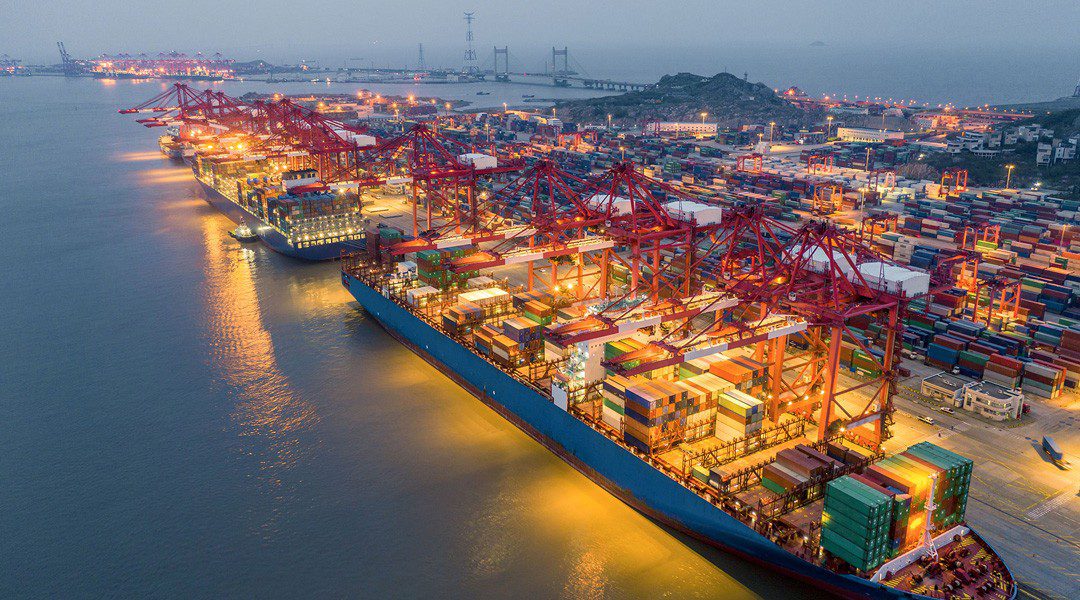The high coking coal price and the weak demand from steel mills have kept coking companies in the loss-making territory recently when coke prices remained low. Nonetheless, with the fourth round of coke price hike finalising near the end of the year, coking companies are expected to shake off the shadow of lasting losses. Northeast Securities suggested anther around of rising coal price following the demand recovery when the current wave of pandemic outbreak comes to an end. It is expected that coal prices will kick off a 2-year-long upward cycle from August this year to around November 2024, with coking coal stocks among the first choices. CITIC Securities believed that the investment focus in 2023 is on the demand side, and it is optimistic about the recovery of industry demand. The coal sector may usher in a new round of demand-driven rally by then.
On the news front, the fourth round of coke price hike was fully finalised as of December 22. The price of coke wet quenching added 100 /mt, and that of coke dry quenching rose 110 /mt. Currently, the mainstream price in the secondary market stood between 2,650-2,750 /mt. According to National Energy Administration, from January to November, the national coal output was 4.09 billion mt, a year-on-year increase of 9.7% or 360 million mt, a record high over the same period in history.
As a scarce resource, coking coal is difficult to be mined, and its impact on the environment is far greater than that of general coal mining activities. According to statistics, the approved coking coal capacity growth is expected to reach about 30 million mt this year. The marginal increase of coking coal capacity is limited and the supply is likely to remain short for a prolonged period of time. In particular, the supply of high-quality coking coal has been greatly reduced since the end of 2020 when Australian coal imports were stopped.
In terms of thermal coal, under the background of global carbon emission reduction, coal-related capital expenditure continues to decline, especially after the supply-side reform when the release of coal capacity has been slow. In addition, under the pressure of supply-demand imbalance, the newly-added capacity is still not elastic enough to meet the downstream demand. As the “ballast stone” of energy consumption, coal consumption has maintained positive growth throughout the year. Under the pressure of supply-demand imbalance and the import of overseas inflation, coal prices have continued to run at a high level this year. From January to November, the average price of long-term orders reached a high level of 721 /mt, a year-on-year growth of 12.4%.
As of November 29, the average price of thermal coal produced in Shanxi was as high as 1,270 /mt at Jingtang Port, a year-on-year growth of up to 70%. In terms of international coal, due to the intensive relations between Russia and Ukraine, Europe and the United States have ramped up their sanctions to Russian energy, which has further jeopardised the international energy supply and demand relationship. The coal prices at the three major international ports have continued to hit record highs in 2022. Capital Securities predicts that the global energy shortage will be difficult to be addressed in the short term, and the global coal price will still remain high next year.
Northeast Securities believes that the impact of the pandemic on coal demand is insignificant, that is, the daily consumption of power plants and average daily pig iron production are basically stable compared with the same period in history without palpable declines. Nonetheless, the supply side will be hit by the pandemic to some extent. Therefore, another around of rising coal price can be expected following the demand recovery when the current wave of pandemic outbreak comes to an end. It is expected that coal prices will kick off a 2-year-long upward cycle from August this year to around November 2024, with coking coal stocks among the first choices.
CITIC Securities said that under the energy security policy, the cyclical fluctuations of the coal industry may have weakened. Looking forward to 2023, domestic coal production and imports may both grow moderately, and the demand is expected to expand along with the economic recovery. It is expected that the supply and demand of the industry will be balanced as a whole. In addition, with the fall of the overseas energy price, it is likely that some domestic coal varieties’ prices will fluctuate slightly, but the overall industry prosperity will remain high. CITIC Securities believed that the investment focus in 2023 is on the demand side, and it is optimistic about the recovery of industry demand. The coal sector may usher in a new round of demand-driven rally by then. The listed companies that focus on long-term orders or plan to ramp up the production are forecast to post stable performance.






